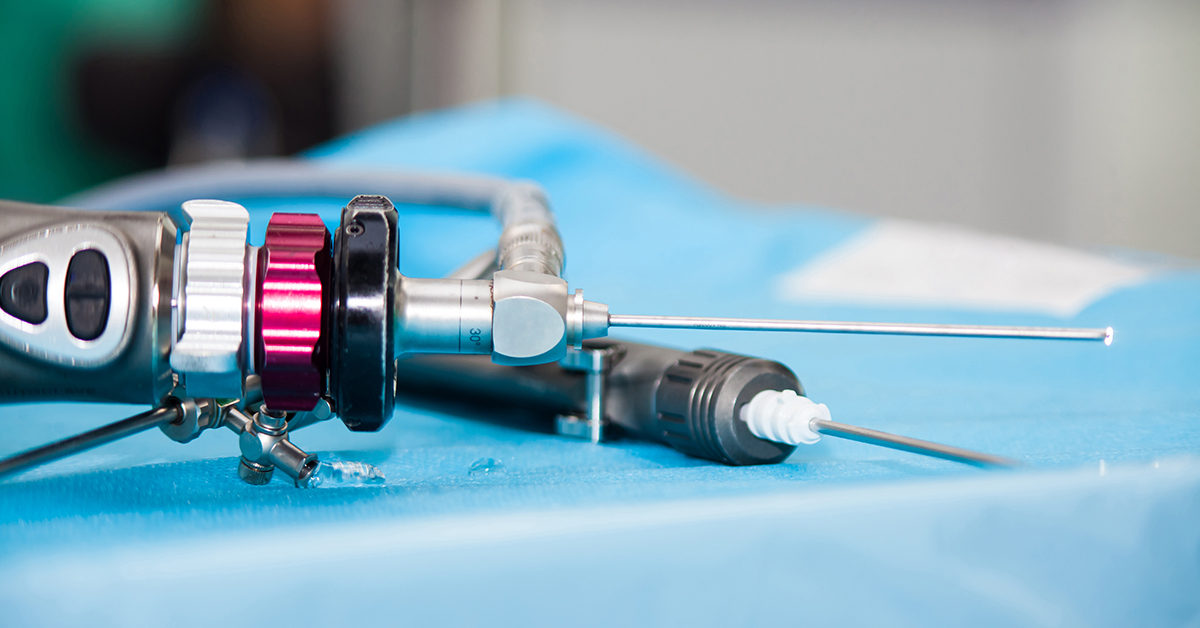
What is Shoulder Arthroscopy and Decompression?
Shoulder arthroscopy and decompression is a procedure used to treat shoulder impingement, which occurs when the tendons in the rotator cuff muscles are squeezed or pinched by the surrounding structures in the shoulder. This procedure decompresses the rotator cuff tendons to return the patient to pain-free and normal mobility.
Who needs this procedure?
Symptoms of impingement vary, but include inflammation, pain, and limited range of motion. In some cases, there will be acute shoulder pain when raising the arms over the head, laying on the affected shoulder, or reaching backwards.
These symptoms can be caused by a variety of conditions, including shoulder osteoarthritis. Osteoarthritis, also known as degenerative joint disease, can occur in almost any joint in the body. Shoulder osteoarthritis occurs when the cartilage acting as a cushion between the bones in the shoulder joint deteriorates, which can occur from natural degeneration, trauma, injury, or infection. This narrows the space between bones in the shoulder joint, which can result in bursitis and bone spurs. Bursitis is inflammation of the fluid-filled sac called the bursa, located above the rotator cuff. If the bursa and coracoacromial ligament, a ligament above the shoulder joint, are rubbing together, it can also contribute to shoulder impingement. Subacromial impingement occurs when the underside of the acromion, a bone that is above the bursa, is irregularly shaped, often having a "hooked" shape. This shape can occur from development of bone spurs from osteoarthritis or other conditions, but it can also be present from birth. The abnormal bone mass can rub against the bursa, causing bursitis in the shoulder, which puts pressure on the rotator cuff.
Your doctor may suggest shoulder arthroscopy and decompression if your condition does not respond to conservative treatment like injection, physical therapy, or rest.
What are the steps in this procedure?
Initial Incisions Are Made
After anesthesia is applied, three incisions are made in the shoulder to gain access to the joint.
Fluid Pumped Into Joint
The surgeon then inserts a small metal tube into one of the incisions. The joint is expanded by pumping fluid into the joint through the tube. By expanding the joint this way, the surgeon is able to create space to see and perform the surgery.
Arthroscope Inserted
A small camera called an arthroscope is then inserted through another incision. The arthroscope provides the surgeon with image guidance by transmitting pictures or video of the inside of the joint onto a television in the operating room. The surgeon uses the arthroscope to see the joint and determine what structures are causing the impingement.
Swollen Bursa is Removed
Using the arthroscope, the surgeon removes the swollen bursa tissue using instruments inserted through the third incision.
Ligament is Cut
If the coracoacromial ligament is also impinging on the rotator cuff, the surgeon inserts another tool through the third incision to remove it.
Bone Shaved Away
The portion of the acromion bone that was hooked is shaved away by the surgeon. This opens up the area above the supraspinatus tendon, taking pressure off the rotator cuff.
End of the Procedure
The fluid that was pumped into the joint at the beginning of the procedure is now drained. All instruments are removed, and the incisions are closed. Bandages are applied.
After Surgery
This surgery is performed as an outpatient procedure, so most patients leave the hospital that day. Physical therapy will be prescribed by your physician to restore normal movement to your shoulder. It's very important to adhere to the exercises and stretches prescribed by your doctor so that you are able to return to a full range of pain-free motion.
